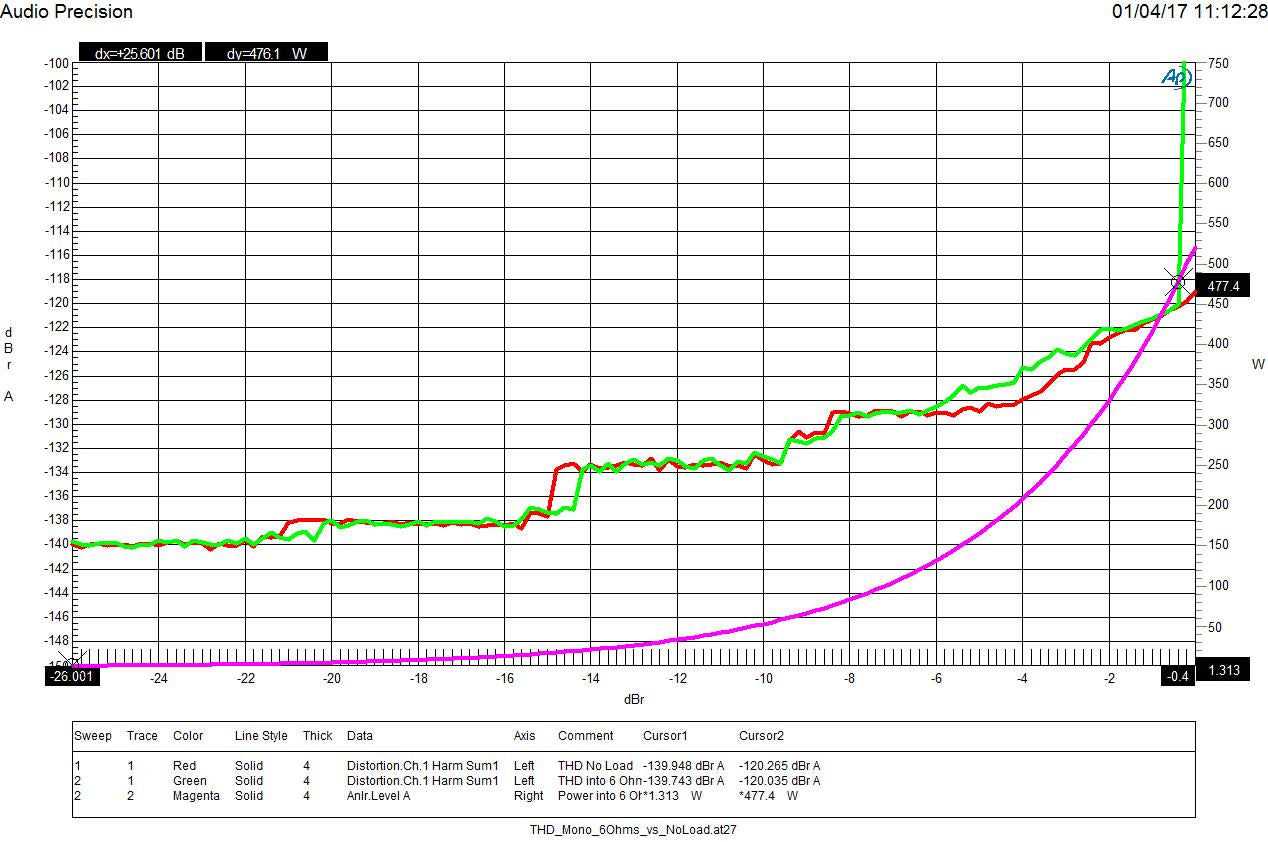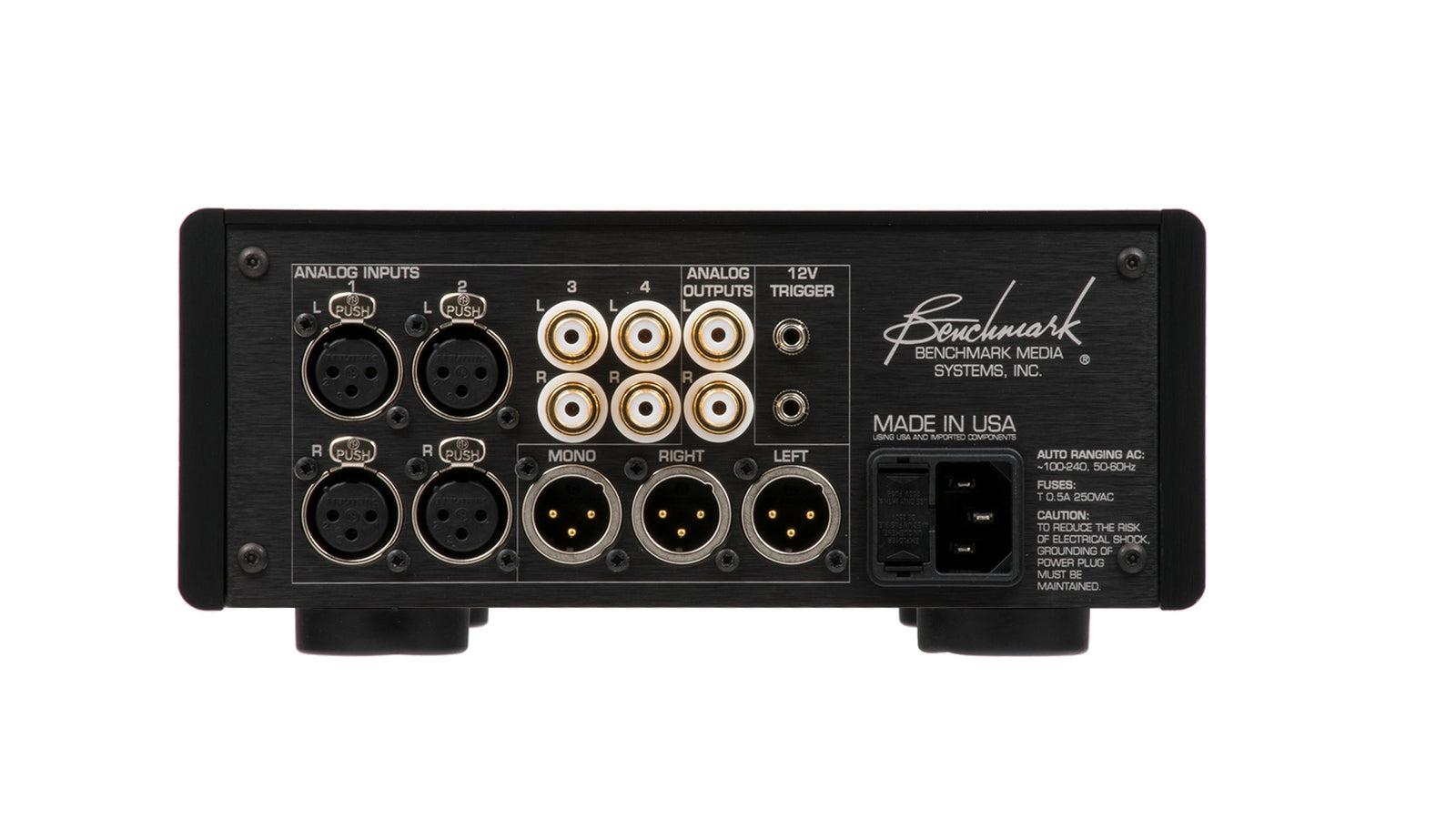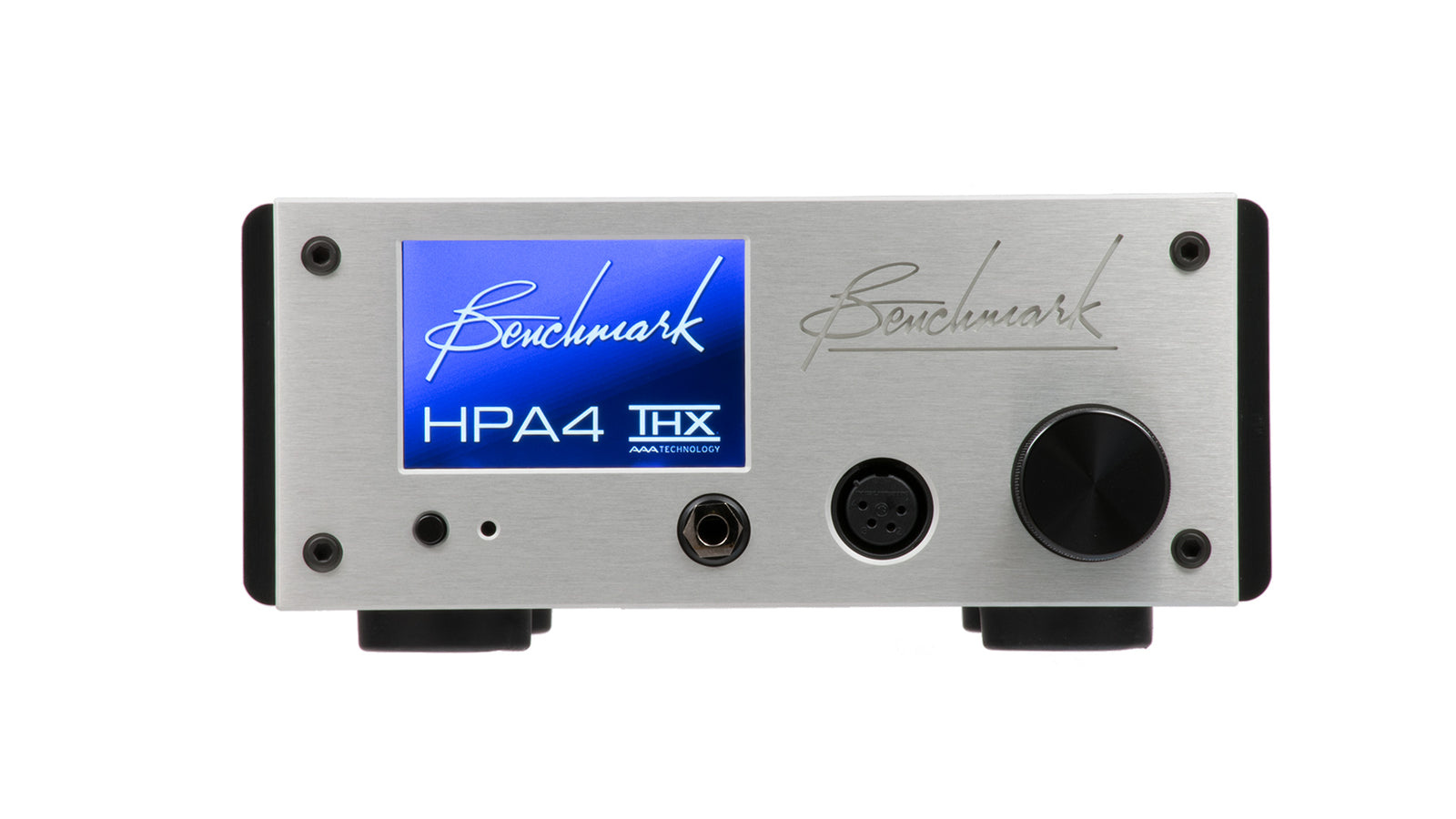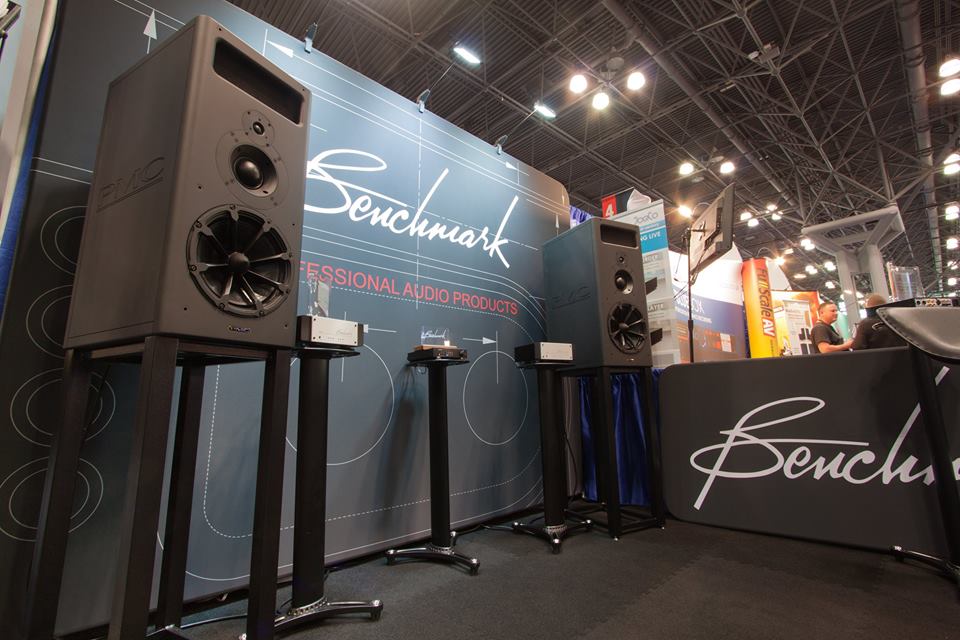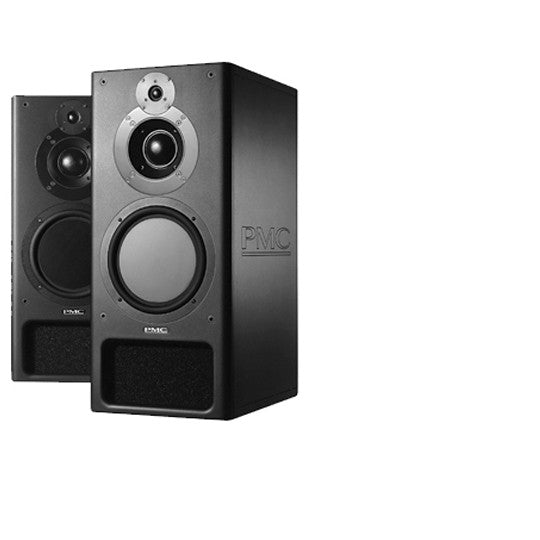Buy one component and save 10% on up to 2 cables. Buy 2 components and get 4 free cables. Free shipping on USA orders over $700. We are closed 1/1/26 and 1/2/26.
Buy one component and save 10% on up to 2 cables. Buy 2 components and get 4 free cables. Free shipping on USA orders over $700. We are closed 1/1/26 and 1/2/26.
Audio Application Notes
Feed-Forward Error Correction
by John Siau October 11, 2018
The Benchmark AHB2 power amplifier and HPA4 headphone amplifier both feature feed-forward error correction. This correction system is an important subset of the patented THX-AAA™ (Achromatic Audio Amplifier) technology. It is one of the systems that keeps these Benchmark amplifiers virtually distortion free when driving heavy loads. It is also the reason that these amplifiers can support 500 kHz bandwidths without risk of instability when driving reactive loads.
This paper explains the differences between feedback and feed-forward systems. As you read this paper, you will discover that you already understand the benefits of feed-forward correction because you use it instinctively to improve a feedback system commonly found in your automobile. If feed-forward correction can improve your driving experience, it may also improve your listening experience!
- John Siau
Balanced vs. Unbalanced Analog Interfaces
by John Siau April 23, 2018
If you look at the back of any Benchmark product, you will find balanced XLR analog-audio connectors. As a convenience, we also provide unbalanced RCA connectors on many of our products. In all cases, the balanced interfaces will provide better performance.
We build our unbalanced interfaces to the same high standards as our balanced interfaces, but the laws of physics dictate that the balanced interfaces will provide better noise performance.
This application note explains the advantages of balanced interfaces.
- John Siau
Relay-Controlled Volume - The Ultimate Solution for Analog Audio
by John Siau April 11, 2018
Benchmark has introduced a new analog-to-analog volume control circuit that features a 256-step relay-controlled attenuator and a 16-step relay-controlled boost amplifier. The volume control has a +15 dB to -122 dB range in 0.5 dB steps and is a key component in the HPA4 Headphone / Line Amplifier.
Our goal was to produce an analog-to-analog volume control with the highest achievable transparency. We wanted to be able to place this volume control in front of our AHB2 power amplifier or in front of our THX-888 headphone amplifier board without diminishing the performance of either device. Our volume control would need to have lower distortion and lower noise than either of these amplifiers. Given the extraordinary performance of these THX-AAA amplifiers, this would not be an easy task!
This application note discusses the engineering decisions that went into the development of this new analog volume control circuit. The end result is a fully buffered volume control with a signal-to-noise ratio that exceeds 135 dB. THD measures better than the -125 dB (0.00006%) limits of our test equipment.
- John Siau
Calculating the Performance of an Amplifier-Speaker Combination - Example 2
by John Siau October 27, 2017
Example 2 - PMC MB2S
In this application note we calculate the maximum output level and noise level produced by an amplifier/loudspeaker combination.
This application note can serve as an example for calculating the maximum sound pressure levels and noise output levels for any amplifier/speaker combination.
At the 143rd AES conference in NYC, we demonstrated two Benchmark AHB2 monoblock power amplifiers driving a pair of 4-Ohm PMC MB2S studio monitors.
We were extremely impressed by the unusually clean, distortion-free, output of these monitors. They fully compliment the distortion-free performance of the AHB2 to provide a system with outstanding clarity while delivering high sound pressure levels.
In this application note we will calculate the peak SPL produced by this system. We will also calculate the acoustic noise at a distance of 1 meter from each monitor. We will also discuss some of the unique design features of the MB2S monitors that contribute to their impressive performance.
- John Siau
A Look Inside the New ES9028PRO Converter Chip and the New DAC3
by John Siau November 14, 2016
ES9028PRO D/A Converter Chip - Block Diagram and Test Report
This application note examines the differences between the ES9018 and the new ES9028PRO. It also compares the Benchmark DAC2 and DAC3 to demonstrate the performance improvements that can be achieved in a commercial product. It has been a little over 7 years since ESS Technology introduced the revolutionary ES9018 audio D/A converter chip. This converter delivered a major improvement in audio conversion and, for 7 years, it has held its position as the highest performing audio D/A converter chip. But a new D/A chip has now claimed this top position. Curiously the successor did not come from a competing company; it came from ESS. On October 19, 2016, ESS Technology announced the all-new ES9028PRO 32-bit audio D/A converter. In our opinion, ESS is now two steps ahead of the competition!
- John Siau
Calculating the Performance of an Amplifier-Speaker Combination
by John Siau November 01, 2016
Example 1 - PMC IB2S
In this application note we calculate the maximum output level and noise level produced by an amplifier/loudspeaker combination. Use this example for calculating the performance of your system.
At the 141st AES conference we demonstrated two Benchmark AHB2 monoblock power amplifiers driving a pair of 4-Ohm PMC IB2S studio monitors. These monitor are also available the PMC IB2SE hi-fi version.
In bridged mono, the AHB2 can deliver over 518 watts into each of these 4-Ohm speakers. This is a perfect match to PMC's 500 watt recommendation. The AHB2 easily provides the power, the output current, and the damping required by these low-impedance speakers.
"I am very impressed with the clarity and accuracy of these outstanding professional monitors. The Benchmark AHB2 and PMC IB2S are an absolutely killer combination!"
- John Siau, VP, Benchmark Media Systems, Inc.
Power Amplifiers - A "First Watt" ABX Test
by John Siau September 27, 2016
In Benchmark's listening room we recently demonstrated the importance of the first watt using two 100 watt stereo power amplifiers. One amplifier was a traditional class-AB amplifier, the other was Benchmark's AHB2 power amplifier with feed-forward error correction. Using a double-blind ABX test, we verified that there was a clearly audible difference when the amplifiers drove speakers at an output level of 0.01 watt.
- John Siau
Audio Myth - Balanced Headphone Amplifiers are Better
by John Siau September 15, 2016
THIS MYTH GOES SOMETHING LIKE THIS:
"Balanced headphone amplifiers are better."
"If balanced line-level connections work well, balanced headphone outputs should also work well."
We disagree!
Benchmark does not offer balanced headphone outputs on any of its products. The reason for this is that a voltage-balanced interface serves no useful purpose when driving headphones. The truth is that a conventional single-ended headphone drive is technically superior to a balanced drive. This paper explains why single-ended headphone amplifiers are inherently more transparent than balanced headphone amplifiers.
-John Siau


